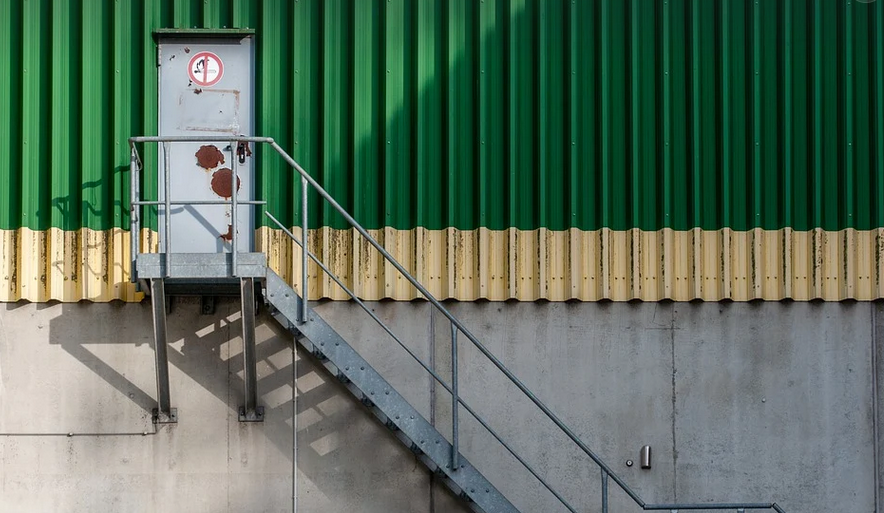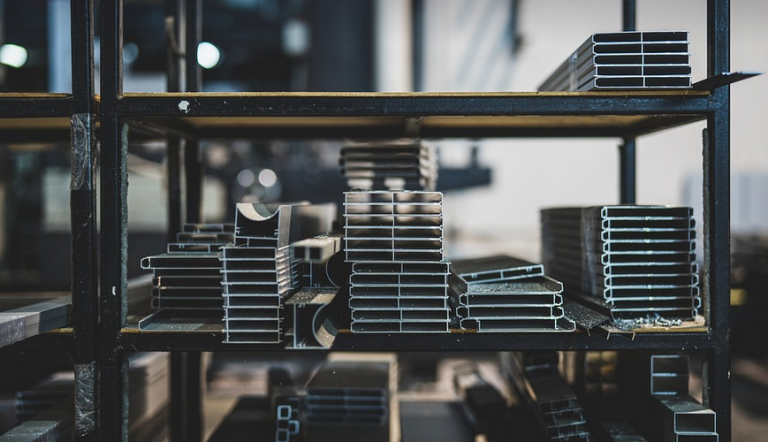
Keeping Your Welders’ Shield Sharp in 2024
We all know the importance of clear eyesight when welding. A good welder needs to see their work, assess the heat and flames, and make adjustments with precision. But what happens when your welding mask lens gets scratched, yellowed, or just plain cloudy? It can be frustrating, and it definitely impacts your performance. Fortunately, replacing your welding mask lens is a relatively easy process that doesn’t require a deep dive into complicated machinery. This guide will walk you through the basics of finding the right lenses, understanding how to swap them out, and maintaining the longevity of your welding safety equipment.
**Why Your Lens Matters:**
A welding mask lens is more than just a screen for our eyes – it’s crucial in ensuring a safe and productive welding environment. Here’s why: * **Protection from Radiant Heat:** The lens acts as a barrier, absorbing the harsh ultraviolet (UV) and infrared (IR) radiation emitted by the welding process. Without this protection, your eyes could be severely damaged, leading to long-term vision issues like cataracts. * **Blocking Harmful Gases:** Welding fumes are not just an odor; they’re a mix of toxic particles that can cause respiratory problems. The lens prevents these harmful chemicals from getting into your eyes and lungs, safeguarding your health. * **Enhancing Visibility:** A good welding mask lens provides clear vision, allowing you to identify the weld pool, detect flaws in the metal, understand the direction of heat flow, and track your progress with accuracy.
**Finding the Right Lens for Your Welding Mask:**
The first step is figuring out what kind of lens works best for you. Here’s a rundown on common types: * **Welding Lens Types:** * **Standard Lenses:** These are most commonly found in welding masks and offer clear, undistorted vision with a wide field of view. They’re suitable for general welding tasks, from metal fabrication to small-scale repairs. * **Specialized Lenses:** For specific applications, specialized lenses offer unique benefits: * **Colored Lenses:** These provide additional protection by filtering out specific wavelengths of light, such as blue or yellow. This enhances visibility in low light conditions and reduces glare. * **Anti-Reflective (AR) Lenses:** They reduce reflections, making your vision clearer. * **Prescription Lenses:** For those who require eye correction, prescription welding lenses offer clear, sharp vision and can even enhance their performance in various welding tasks.
**The Art of Lens Replacement: A Step-by-Step Guide**
Replacing a welding mask lens can be as simple as 1, 2, 3. Here’s how to do it: 1. **Preparation:** Start by getting your mask set up for the swap. Ensure your mask is clean and free of any debris. 2. **Lens Removal:** Carefully detach the old lens from the welding mask following the manufacturer’s instructions. Usually, you’ll find a tab or button for this purpose, making it easy to release the old lens. Don’t forget to store the old lens safely in case you ever need to go back to your previous setup. 3. **Lens Installation:** Place the new lens into the welding mask, aligning the lens with the brackets and making sure it fits snugly. 4. **Secure the Lens:** Ensure all the hinges are secured correctly before using your welding mask and begin your work. **A Few Extra Tips for Longevity:** * **Regular Cleaning:** Always clean your lenses regularly with a microfiber cloth to remove dust, debris, and oil that can cause them to fog or scratch over time. * **Proper Storage:** When not in use, store your welding mask in a cool, dry place away from direct sunlight to prevent the lens from fading or yellowing.
**Safety First!**
Remember: Working with high temperatures and chemicals can be hazardous if you’re not prepared. Always wear proper protective gear and follow safety guidelines throughout your welding project.


